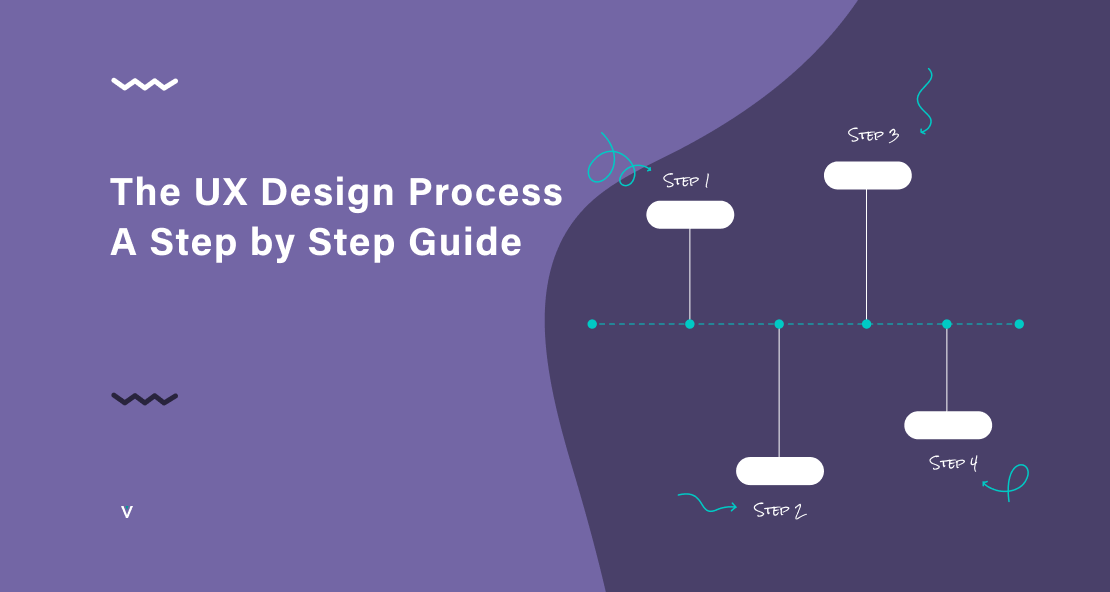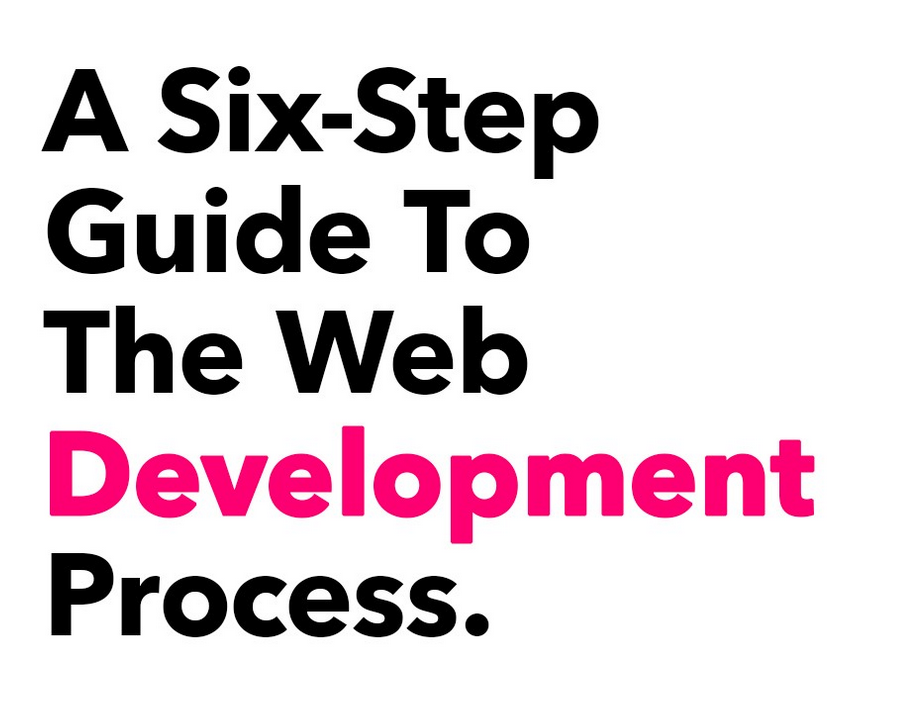UX (User Experience) design involves creating user-centric digital products or services that are easy to use, visually appealing, and provide a positive overall experience for the end-users. It focuses on understanding the needs, behaviours, and preferences of users to design interfaces that are intuitive and effective in achieving their goals.
Good UX design is crucial for businesses as it directly impacts their success. The benefits of good UX design include increased customer satisfaction, higher conversion rates, and improved brand reputation. When users have a positive experience using a product or service, they are likelier to become loyal customers, recommend it to others, and engage with the business further.
This guide aims to provide a practical, step-by-step guide for businesses to implement effective UX design. It will cover key topics such as understanding UX design principles, defining UX design goals aligned with business objectives, and implementing UX design in the overall business strategy. By following this guide, businesses can enhance their user experience, drive customer satisfaction, and achieve their business goals.
Understanding User Experience (UX) Design
UX (User Experience) design is the process of creating digital products or services that are user-centric, intuitive, and effective in meeting user needs. Key principles of UX design include usability, accessibility, and visual design.
- Usability: It refers to the ease with which users can interact with a product or service. A usable design ensures that users can easily complete tasks, find information, and navigate the interface without confusion.
- Visual design: It encompasses the aesthetics and visual elements of a product or service, including colour schemes, typography, icons, and overall visual appeal. Visual design contributes to the overall user experience and can evoke emotions and perceptions in users.
- Accessibility: It involves designing products or services that can be accessed and used by people with disabilities or different abilities. Accessibility ensures that everyone can access and use the product or service effectively.
Understanding the user is crucial for UX design as it helps designers create products or services that meet user needs and expectations. User research, such as surveys, interviews, and usability testing, is essential in understanding users’ behaviours, preferences, and pain points and guides the design process to meet those needs effectively.
Good UX design positively impacts business goals and user satisfaction in several ways. It can increase customer satisfaction, as users find using the product or service easy and enjoyable. It can also result in higher conversion rates, as users are more likely to complete desired actions, such as ordering or signing up for a service.
Additionally, good UX design can improve brand reputation, as users perceive the business as customer-centric and trustworthy, increasing user loyalty and positive word-of-mouth referrals. To help achieve good UX design, it’s likely you will partner with agencies to help visualise your goal. If you are sending them information or designs for the website via email, then ensure you compress PDFs so that the agency can receive them easier.
Defining UX Design Goals For Your Business
UX design should align with business objectives, and user needs for optimal results. It’s essential to strike a balance between meeting the goals of the business and providing a seamless and satisfying experience for users.
To set specific UX design goals, consider the needs of the users and the objectives of the business. For example, improving website navigation can enhance user experience and encourage users to explore further, increasing engagement and conversion rates.
It is also important that you set measurable goals to track the success of your UX design efforts. Use specific metrics, such as click-through rates, conversion rates, or user feedback ratings, to measure the impact of UX design on business objectives and user satisfaction. Regularly evaluate and analyse the data to identify areas for improvement and iterate on the design accordingly.
Remember that UX design is an ongoing process that requires continuous evaluation and refinement. Regularly reassess UX design goals, measure progress, and make adjustments as needed to ensure alignment with business objectives and user needs.
Conducting User Research
User research is a critical component of UX design, and businesses can use various methods to gather insights from their target audience.
- Surveys: Businesses can create online surveys to collect quantitative data on user preferences, behaviours, and opinions. Surveys can be distributed via email, social media, or embedded on a website to reach a wider audience.
- Interviews: One-on-one interviews with users allow for in-depth qualitative data collection. Businesses can conduct structured or semi-structured interviews to gain insights into user motivations, pain points, and preferences.
- Usability testing: This involves observing users as they interact with a product or service to identify usability issues. Businesses can conduct usability testing in person or remotely, and it helps identify areas of improvement in the design.
To identify their target audience and create user personas, businesses should conduct market research to understand their potential users’ demographics, preferences, and behaviours. This data can be used to create fictional representations of ideal users called user personas. User personas help guide design decisions by providing a clear understanding of user needs and preferences.
When conducting user research, businesses should follow some best practices and avoid common pitfalls:
- Be clear about research goals and objectives.
- Use a mix of quantitative and qualitative methods for comprehensive insights.
- Recruit diverse participants that represent the target audience.
- Respect user privacy and confidentiality.
- Analyse and synthesise data to identify patterns and insights.
- Avoid pitfalls like leading questions, biased sampling, and confirmation bias, which can skew research findings.
By conducting effective user research and creating user personas, businesses can gain valuable insights to inform their UX design decisions, resulting in products or services better aligned with user needs and preferences.
Implementing UX Design In Your Business
Integrating UX design into the overall business strategy and development process is crucial for creating user-centric products and services.
- Involve UX Early: Start UX design early in the development process to ensure user needs are considered from the outset and not as an afterthought.
- Collaboration With Stakeholders: UX designers should collaborate effectively with developers, marketers, and other stakeholders. Foster open communication, involve stakeholders in design decisions, and consider their feedback.
- Roles And Responsibilities: UX designers are responsible for creating intuitive and user-friendly experiences. They should conduct user research, create prototypes, and conduct usability testing. Developers and marketers should work closely with UX designers to implement design changes and promote the user experience.
- Resource Allocation: Allocate resources and budget for UX design based on the project’s complexity and importance. Consider user research, prototyping tools, usability testing, and design iterations.
- Prioritise User Needs: Focus on user needs and preferences throughout the development process. Continuously gather user feedback and iterate designs accordingly.
- Test And Optimise: Conduct usability testing and gather user feedback to identify areas for improvement. Continuously optimise the design based on feedback and data-driven insights.
- Stay Updated: Stay up-to-date with the latest UX design trends, tools, and techniques to ensure the design remains relevant and effective.
By integrating UX design into the overall business strategy, businesses can create products and services that provide a superior user experience. This will lead to increased customer satisfaction, higher conversion rates, and improved brand reputation.
Final Thoughts
In today’s competitive landscape, businesses require practical UX design to produce user-centric products and services that meet customer needs.
Businesses may improve customer satisfaction and brand reputation by following this article’s step-by-step guide to practical UX design. By prioritising user experience, businesses can gain a competitive edge and achieve long-term success in the long run.
![]() Give feedback about this article
Give feedback about this article
Were sorry to hear about that, give us a chance to improve.








